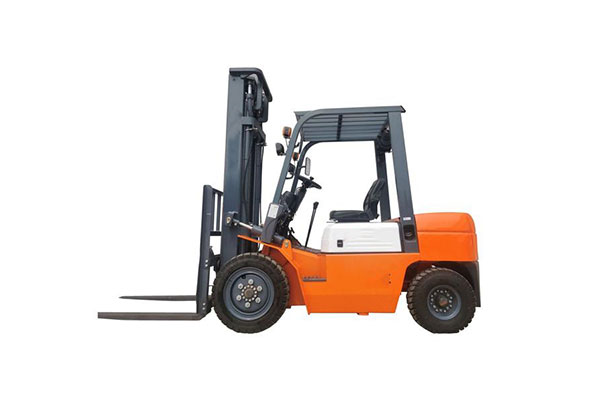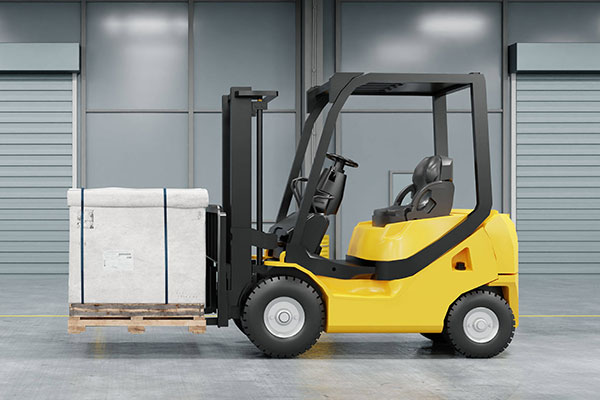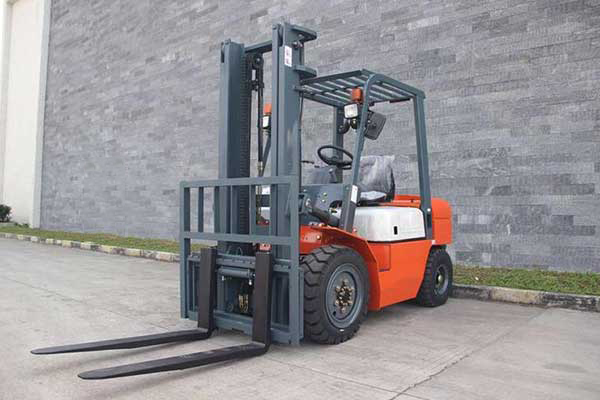What is a Forklift? What You Need to Know
Forklifts are essential machines in many industries, from warehousing to construction. If you’ve ever wondered what is a forklift, how it works, and why it’s so important, this guide will provide you with everything you need to know.

What is a Forklift?
A forklift, also known as a lift truck or powered industrial truck, is a type of industrial vehicle used to lift, move, and transport heavy materials over short distances. It is equipped with two prongs, or “forks,” that slide under pallets and other loads for lifting.
Key Components of a Forklift
Understanding the parts of a forklift helps in both operation and maintenance. Key components include:
- Mast: The vertical assembly that raises and lowers the load.
- Forks: The horizontal blades that carry loads.
- Carriage: The support structure where the forks are mounted.
- Counterweight: A weight at the rear of the forklift to balance the load.
- Power source: Electric battery or internal combustion engine (diesel, gasoline, or propane).
- Cab: The operator’s seat and controls.
History of the Forklift
Forklifts have evolved significantly since their early 20th-century origins. Initially developed to meet material handling demands during World War I, they became more advanced with the rise of modern warehouse systems. Today’s forklifts are safer, more efficient, and come with various features for specific industrial tasks.

Types of Forklifts
There are several types of forklifts, each suited to different tasks and environments:
- Counterbalance Forklift – The most common type; ideal for indoor and outdoor use.
- Reach Truck – Designed for narrow aisles in warehouses.
- Pallet Jack – A small, manual or electric forklift used for moving pallets.
- Rough Terrain Forklift – Built for uneven outdoor surfaces like construction sites.
- Telehandler – A hybrid between a forklift and a crane, with a telescoping arm.
How Does a Forklift Work?
A forklift uses a hydraulic system and power from its engine or battery to lift and move loads. The operator uses controls inside the cab to:
- Drive the forklift forward or backward
- Raise or lower the forks
- Tilt the mast for better load stability
Common Uses of Forklifts
Forklifts play a crucial role in industries such as:
- Warehousing and logistics: Moving and stacking pallets
- Construction: Transporting building materials
- Manufacturing: Handling raw materials and finished goods
- Retail: Loading and unloading inventory

Forklift Safety Tips
Operating a forklift requires training and attention to safety. Key tips include:
- Always wear a seatbelt
- Never exceed the weight limit
- Keep loads low while moving
- Maintain clear visibility
- Perform regular equipment checks
Benefits of Using a Forklift
- Improved Efficiency: Speeds up material handling processes.
- Increased Safety: Reduces risk of injuries from manual lifting.
- Versatility: Can handle a wide range of loads and materials.
- Cost-Effective: Reduces labor needs and increases productivity.
FAQs
It depends on the model. Some forklifts lift up to 3,000 lbs, while others handle 30,000 lbs or more.
Yes, in most places, forklift operators need proper training and certification.
In most countries, you must be at least 18 years old to operate a forklift in a workplace. This is due to safety regulations, especially in industrial or construction environments.
Final Thoughts
A forklift is more than just a warehouse tool—it’s a cornerstone of industrial efficiency and logistics. Whether you’re managing a warehouse, a shipping dock, or a construction site, understanding what a forklift is and how to use it effectively can greatly enhance your operations.
If you are looking for a forklift for your project, you can contact us directly for more information.

